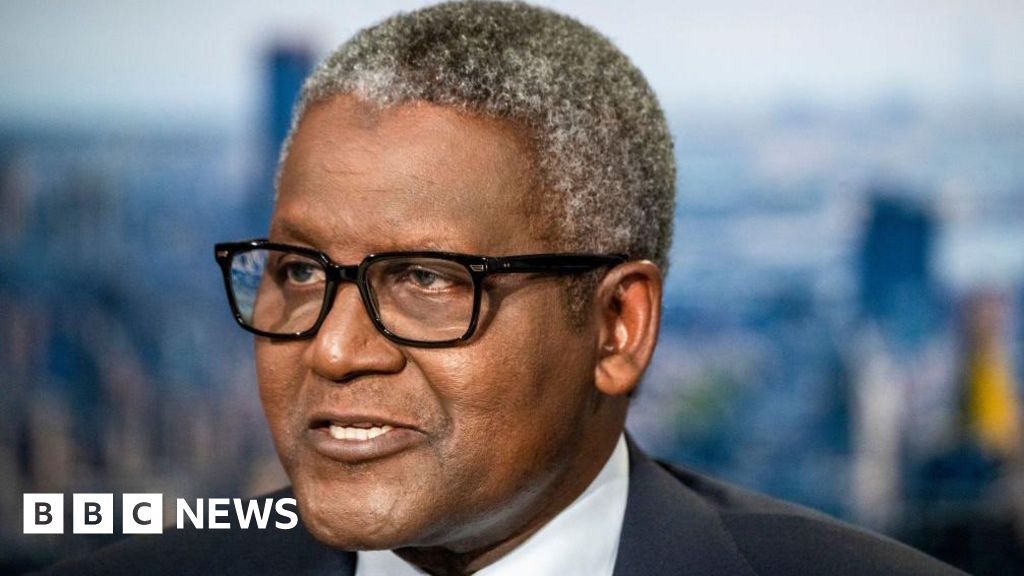ARTICLE AD BOX
By Gary Nunn
Sydney
Image source, The Greatest Menace
Image caption,Cooma jail was once used exclusively to imprison gay men
Set in one of the coldest and windiest small towns in Australia, Cooma prison holds a dark secret.
Not only was it reopened in 1957 with the specific purpose of incarcerating men for "homosexual offences", it was also said to be used as a human testing ground with the ultimate goal of eradicating homosexuality from society.
Cooma's jail is believed to have been the only known homosexual prison in the world, according to a new podcast.
Until now, even some prison staff say they didn't know the real reason gay prisoners were segregated there.
Les Strzelecki, 66, started as a custodial services officer at the prison in 1979, and later set up the Corrective Services Museum in Cooma. He believed inmates were sent there for their own safety.
"Cooma was a protective institution. We'd red stamp homosexual prisoners with 'N/A': non-association with mainstream prisons," he tells the BBC. "They were at risk of violence at bigger prisons like Long Bay [in Sydney]."
But another former employee, Cliff New, claims it was for less compassionate reasons. He told podcast series The Greatest Menace that psychologists and psychiatrists were "coming in all the time" after the jail reopened in 1957.
He understood these as attempts to convert them: "They were trying to get them on the 'right' track… They reckoned they could cure them."
It's also why prisoners were in single cells, he said. "You wouldn't bunk two in together… that was one of our biggest problems - keeping an eye on them," says Mr New, now 94.
Image source, Thomas McCoy
Image caption,Les Strzelecki (left) worked at the jail before setting up the local Corrective Services Museum
Historical documents suggest New South Wales (NSW) Justice Minister Reg Downing took credit for establishing the prison.
He reportedly expressed "pride" at his pet project, telling the Sydney Morning Herald in 1957: "Nowhere in Europe or America did I find any prisons where homosexuals were separated from other prisoners."
A 1958 press statement from Mr Downing names Cooma prison as "the only penal institution in the world, so far as is known, devoted specifically to the detention of homosexual offenders".
Prisoners at Cooma were incarcerated for being gay, or crimes related to being gay; homosexuality wasn't decriminalised in NSW until 1984.
New draconian state laws in 1955 had cracked down on homosexuality. They followed pressure from the state's police commissioner, Colin Delaney, who, according to the then attorney general, felt "that remedial legislation [was] an urgent necessity to combat the evil".
"New clauses included 'soliciting' - a man could be arrested for simply chatting up another man," historian Garry Wotherspoon tells the BBC. "These legislative changes were very wide-ranging in their assault on the civil liberties of men thought to have homoerotic desires."
The crime of buggery carried a 14-year sentence. Attempted buggery carried five years, and in a harsher crackdown, a clause was added stating "with or without the consent of such person".
Image source, State Library of NSW
Image caption,Reg Downing expressed pride in separating gay prisoners from others
Both Mr Wotherspoon and the podcast cite evidence of police acting as "agents provocateurs" to incite men to commit homosexual acts.
"They'd use hunky policemen to entrap gay men by enticing them to have sex, usually in public toilets," Mr Wotherspoon claims.
In 1958, the NSW government announced a committee of inquiry into the "cause and treatment of homosexuality". It would involve "experts in the fields of medicine, psychiatry, penology and social and moral welfare", a statement said.
They included two religious reverends, two senior penal system staff and two academics from the University of Sydney.
It names Cooma prison as "a special institution for convicted homosexual offenders" which will "facilitate the investigation".
Once a "scientific evaluation of the problem and possible solution" has been found, Mr Downing is quoted as saying, "the government considers that the problem must be attacked with vigour".
"We do know psychiatrists asked questions such as 'did your mother's authority cause a dislike of other females?' and concluded that 'overmothering' was "a major cause of homosexuality," says podcast creator and journalist Patrick Abboud, who has spent years researching the prison.
"We know they failed in their mission to eradicate homosexuality because our podcast reveals gay men having ongoing relationships in the prison. Some even reoffended to rejoin their boyfriends inside."
The elusive report has never been found - something Mr Abboud says amounts to a "cover up".
Image source, Getty Images
Image caption,Cooma is a town of about 7,000 people
It's unclear when homosexual prisoners were no longer sent to Cooma. "Lots of archives were removed or destroyed," Mr Wotherspoon says.
Corrective Services NSW and the NSW Department of Communities and Justice declined to comment on these allegations, citing their "historical nature".
Mr Abboud believes gay prisoners may have been sent there until the early 1980s, citing a 1982 statement from the corrective services minister claiming the policy still stood.
Sex offenders were also sent to Cooma and this further stigmatised gay prisoners, says Mr Abboud.
Mr Wotherspoon says, with recent parliamentary debate of a Religious Discrimination Bill threatening to allow discrimination based on sexual orientation, such recent history carries a sobering warning.
"Eternal vigilance is necessary to ensure we don't step backwards," he says.
You may also be interested in:
How Australia's first gay imam is 'saving lives'

 2 years ago
87
2 years ago
87








 English (US)
English (US)